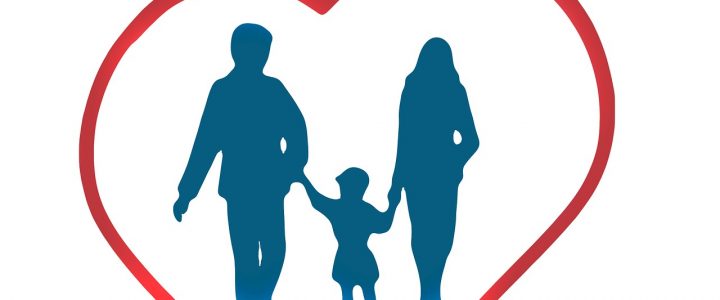Recently, I contributed to an article about receiving life insurance money. The Q&A is below followed by a link to Melanie’s full article on the website Meet Fabric.
So do you have an order of things/checklist that people should go through when getting a life insurance payout?
Receiving a life insurance payout is no different than a financial plan without life insurance proceeds. People have current needs to address. These vary from paying-off debt, building an emergency fund, saving for retirement, replacing the income of the deceased, paying for the final expenses of the deceased, etc. As a financial advisor providing comprehensive planning, I look at everything for my clients. So upon receiving a life insurance payout, the families needs are addressed first. Next, a go-forward plan is built upon their current situation.
For example, the proceeds going to a family who is debt free and the surviving spouse is still able to work. The priority may be to fund a college education account and increase retirement savings. In another example, the surviving spouse is a stay-at-home parent, and carrying mortgage and credit card debt. For this family, it may be in their best interest to pay-off the debt and use the remaining funds to support day-to-day living expenses.
Also, one of the stories included someone who received a life insurance payout and kept the money in the interest-bearing account from the company and not get a check into her account. Do experts typically advise leaving it in the interest-bearing account, or taking it out and investing it instead?
Upon the death of a loved one, we encourage the beneficiary to receive the proceeds directly. This allows the beneficiary to pay final expenses and evaluate where the remaining proceeds should be allocated. If the beneficiary already has a comfortable savings account balance, and has a long-term investment plan, than yes, investing is a better option for long-term growth than an interest bearing account. Albeit, taking on more risk.
Do you have any tips for someone that is really emotional and maybe not in the best mental space to make financial decisions? How long should they wait to make a decision? How can they do what’s “best” for their money while dealing with grief?
There is always emotional grievance. That is why hiring a financial professional to guide you through this period is essential. Your advisor will make decisions that exclude the emotions. Part of the planning I do for clients is to run updated scenarios, with the top industry software, of their financial position including the proceeds. This removes the emotions of planning and allows the family to make the best decisions, taking into account multiple options with their proceeds. As a fiduciary, I always serve with my clients best interests, whether a death in the family has occurred or not. It is important to work with a financial advisor who operates under the fiduciary standard of care.
Follow this link to read the entire article: https://meetfabric.com/blog/what-should-you-do-with-a-life-insurance-benefit
This website is for informational purposes only and is not intended to be specific advice or recommendations. For specific advice or recommendations you would need to meet directly with one of our advisers.





